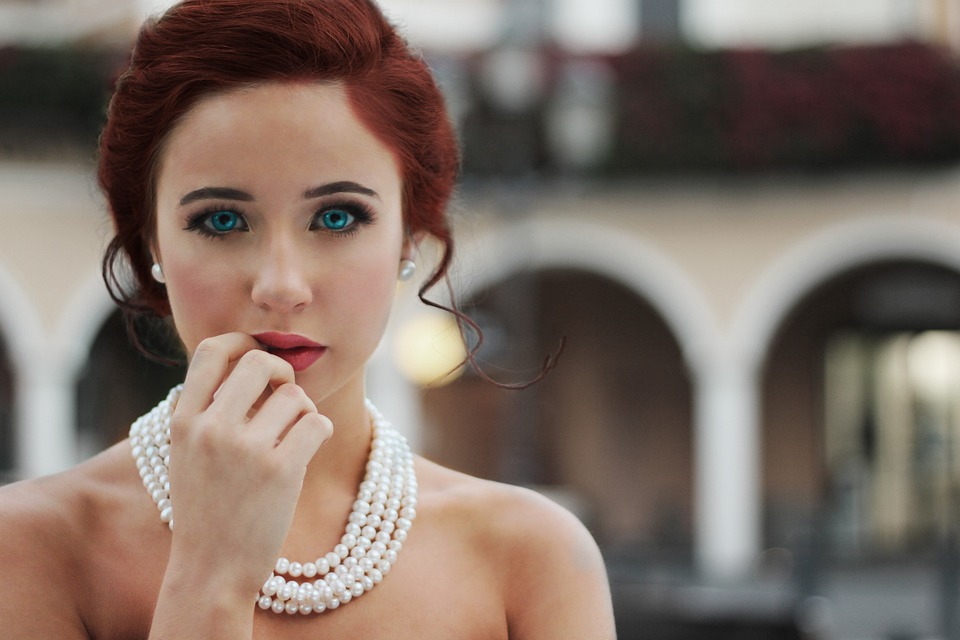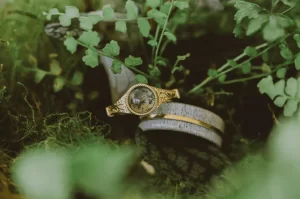The Record Of The Corsage

Do you recall obtaining your very first corsage for your superior faculty prom, or putting on an orchid on Easter, or a carnation on Mother’s Day? Where by did these traditions occur from? When did people get started putting on corsages? Several florist retailers and flower industry experts present several compilations on the heritage of the corsage.
The word corsage will come from the exact same French term which refers to the bodice of a woman’s gown. Girls wore bouquets pinned to their bodice, normally to the middle of the bodice, and consequently the flowers grew to become recognized in French as a “bouquet de corsage.” The thought of sporting bouquets for specific instances goes significantly farther again in time than the 1800’s in France. Many stories issue out that in ancient Greece, brides and their attendants wore flowers pinned to their wedding attire not only for a satisfying overall look, but also to offer a pleasing scent. The aroma of the bouquets was supposed to ward off evil spirits that could bring bad luck and disfavor to the relationship.
In the 1600’s, adult men wore flowers on their clothes for the objective of warding off evil spirits and disease. These solitary blooms had been termed boutonnieres which, when translated into English, means “tiny buttonhole.” In the 17th century, a man may possibly put on a boutonniere every day but with time, the exercise has been reserved for official activities this kind of as weddings and other official situations.
With the passage of time, the practice of donning bouquets at the middle of a woman’s bodice developed initially to carrying tiny bouquets of flowers pinned to the shoulder of one’s gown or accommodate. A corsage should really be worn on the remaining facet due to the fact that aspect is closest to the coronary heart.
In the early 1900’s the corsage was worn pinned upside down, with the bow keeping the flowers collectively going through up and the bouquets pointing downward. This tradition is no for a longer period so rigid and the corsage can be worn in any manner that enhances the woman’s attire.
Because numerous formal promenade dresses are now strapless or have only tiny spaghetti straps, the placement of the corsage has adjusted, and the small bouquets can be worn on a wrist band, in the hair, or a lot less commonly, on the ankle. For official activities and proms, the man’s boutonniere and the woman’s corsage should match or at the very least complement every other in order to tie together the appear of the pair.
Corsages are worn not only at weddings and proms, but also on Easter, Mother’s Working day, and birthdays or any other celebration when the guy or family members member needs to present passion to the female or young woman and inform them they are specific. For Easter, an orchid is usually the flower of option for a corsage but the amazing, sweet-smelling gardenia is also well-liked. A single tradition that begun in the early 1900’s is to have on a red carnation on Mother’s Day if your mom is nevertheless living, and to use a white carnation if your mother is deceased. It is a nice custom to honor one’s mom on this exclusive day.
The origin of prom corsages is intriguing. In the early 1900’s a younger man would deliver a present, often a bouquet of bouquets, to his date’s parents when he picked her up for the promenade. He would then just take a flower from that bouquet and pin it to his date’s dress, and most likely choose a flower for his very own lapel. This is imagined to be the origin of the promenade corsage, a have to in the accoutrements for any substantial school promenade attending few right now.







